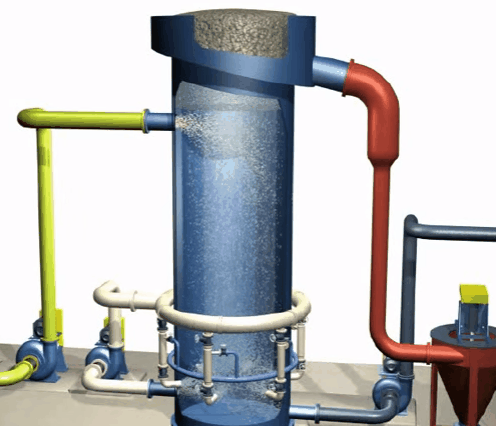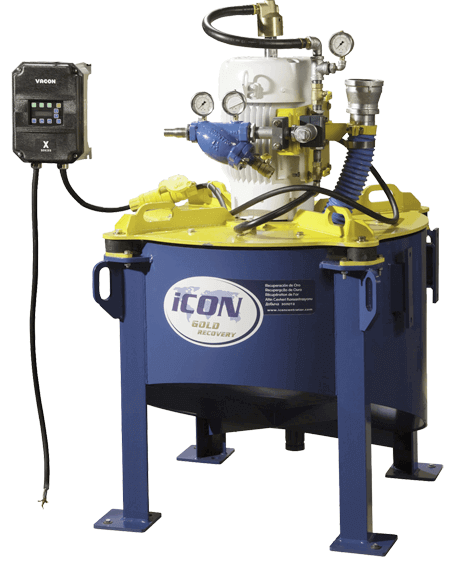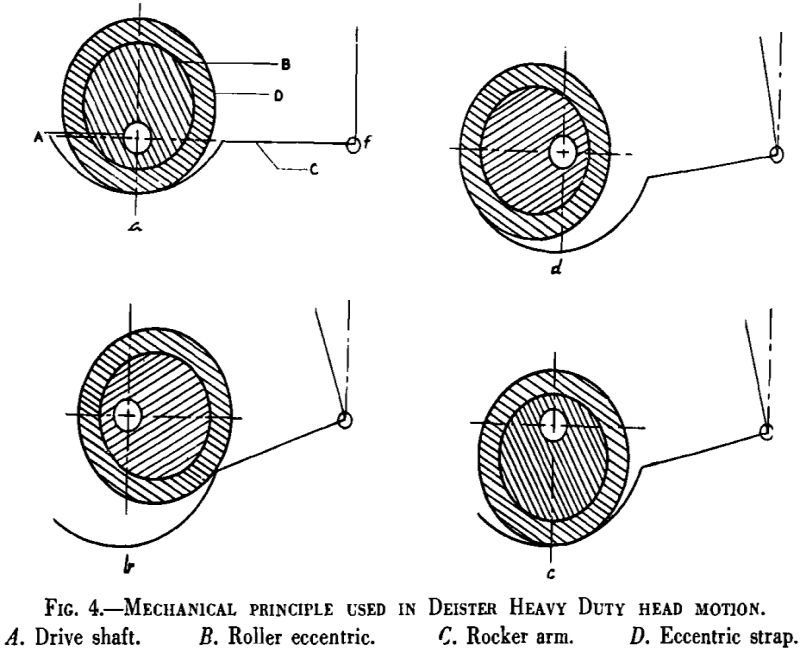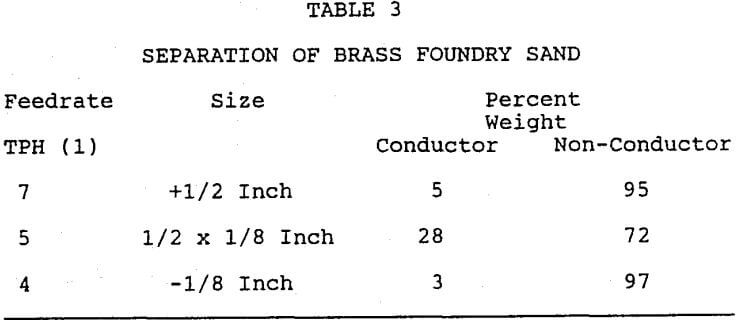Recover Copper in Smelter Dust
The Bureau of Mines researched methods for recovering copper from cyclone and electrostatic-precipitator dusts of primary copper smelters as part of its program to maximize minerals and metals recovery from primary and secondary domestic resources. Small-scale studies showed that use of 110 pct stoichiometric sulfur and 123 pct stoichiometric carbon, based on producing a 40-pct […]
Dielectric Separator
Objective: To separate complex mineral mixtures according to their dielectric properties. Approach: Develop a laboratory-scale continuous dielectric separator to separate mineral mixtures by exploiting their difference in dielectric properties. How Continuous Dielectric Separator for Mineral Beneficiation Works Dielectric separation is defined as the separation of particles based on their dielectric properties. The uniqueness of the Bureau’s continuous […]
Gold Placer Mining
When a site where gold is known to occur has been found, and after it has been sampled and judged worthy of further effort, the ownership status should be checked to assure that the ground is open for claiming. Then, after staking adequate claims (or arranging to lease if the ground is not open to […]
Gold Placer Prospecting
Placer gold has tantalized many a person who has tried his luck and skill in the hope of striking it rich. Separating gold from embedded materials is basically simple, and can be done effectively on nearly any scale, depending upon the deposit and the capital available for investment. The final product is consistently in demand […]
Gold Dredging Process Plant
Once aboard the dredge, the dredged material is classified, its valuable portion recovered, and its waste portion disposed in a coordinated recovery disposal system designed to handle the capacity of the digging system. Also on board are the dredging-support equipment of the spuds, winches, and controls, and the water-supply systems. The recovery equipment consists of […]
Gold Dredging Methods & Systems
At present dredge mining in this country is at a low level. The last gold dredge in California stopped operating in October 1968. Gold dredging in the adjacent States had already ceased because of increasing operating costs, decreasing placer values, and the fixed price of gold. Two gold dredges and one platinum dredge were still […]
Microbubble Flotation Column

The Microcel™ sparger consists of in-line static mixers and a centrifugal pump. Tailings slurry is pumped from the base of the column through the static mixers, where air and slurry are mixed under high-shear conditions to create the bubble dispersion. As the air-slurry mixture passes through the stationary blades located inside the mixer, the air is sheared into very small bubbles by the […]
Flour Gold Recovery

Flour gold can be defined as ultra-fine gold found in a low micron size fraction, often smaller than 74 microns or 200 mesh. Reality is that with today’s fine gold recovery equipment, this is a low ways away from the elusive microscopic gold small prospectors want to know how to recover. Falcon’s iCon gravity […]
Shaking Table Motions

Shaker tables, as the name implies, utilized a Shaking action for conveying the refuse and discharging it over the refuse end. The tables were hung from rods attached to overhead supporting beams. A shaft and cam arrangement at one end of the table served as the actuating mechanism and imparted to the table an endwise, […]
Eddy Current Separator

Several types of eddy current separators have been developed in recent years. These separators range from slide chutes lined with alternating permanent magnets to electromagnetic circuits that generate a pulsed field when conducting material is sensed. The illustrated rotating permanent magnetic field eddy-current separator has proven to be most effective in view of capital cost, […]
